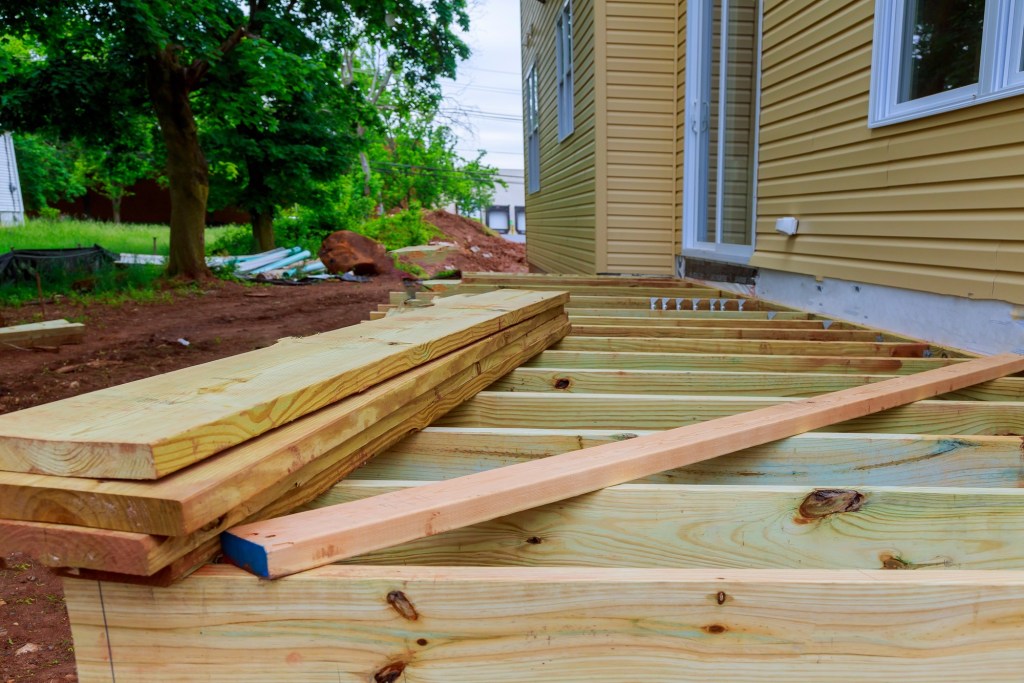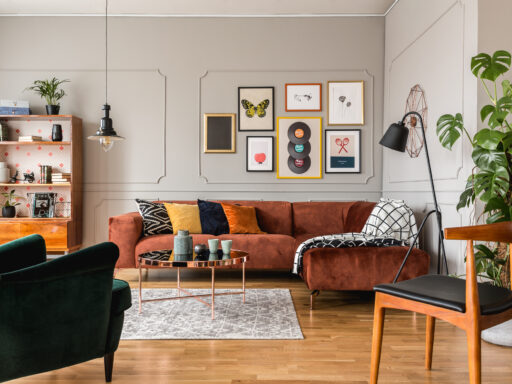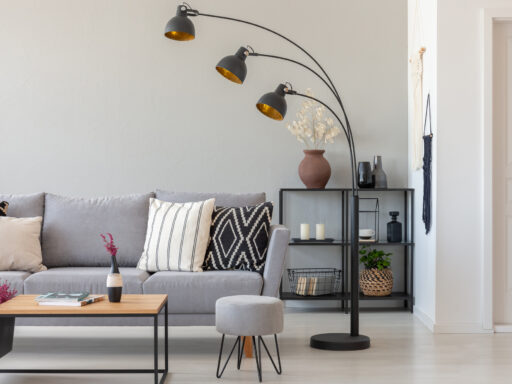Let’s examine the three primary choices for outdoor projects and discuss the reasons they could be appropriate for your needs.
Hardwood Timber

When it comes to outdoor projects, hardwood timber stands out as the most straightforward option. Its denser composition compared to softwoods, along with its fine grain, greatly enhances its properties. Although it might not seem significant, this density allows the wood to be effectively treated and stained, rendering it almost waterproof. Consequently, hardwood timber withstands harsh weather conditions more effectively, significantly extending its durability.
However, one of the drawbacks of hardwood timber is its higher cost compared to other materials. This premium pricing stems from the fact that hardwood species grow at a slower rate than many softwoods, resulting in limited supply and a more labor-intensive production process. These factors collectively contribute to its elevated price point.
Pressure-Treated Timber
Pressure-treated timber offers a remarkable solution in the discussion between hardwood and softwood. This timber is typically crafted from softwoods, which on their own are generally unsuitable for outdoor applications due to their porous nature and vulnerability to moisture and environmental wear. Understanding this distinction is crucial for your project, and professionals at local home improvement stores can provide valuable insights on this matter.
The manufacturing process for pressure-treated timber involves infusing the wood with various chemical preservatives under intense pressure. The combination of these chemicals and the pressure treatment enhances the wood’s resistance to decay, fungi, and pests, giving it an impressive longevity that rivals that of hardwood while being more affordable.
On the other hand, it’s important to note that the chemicals used in pressure treatment could pose risks to local ecosystems as well as health concerns for those working with the timber, especially in environments where dust and wood debris are prevalent. Although this may not be a primary concern for many, it’s worth being aware of the full scope of implications.
Composite Timber

Composite timber represents a modern approach to outdoor wood projects. This material typically combines recycled wood fibers with plastics, shapeshifting into various forms as needed for specific designs.
Notable for its durability, composite timber requires minimal upkeep and boasts significant resistance to splitting, warping, and discoloration. However, it may lack the natural warmth and aesthetic richness characteristic of real wood, and it can sometimes come with a higher price tag than one might anticipate. While it serves as a great alternative, it’s wise to consider it alongside traditional lumber options to determine the best fit for your project, as each type has its benefits and limitations.
Choosing the right timber for your outdoor project can be quite challenging, given the varying strengths and weaknesses of different types. By exploring local offerings and assessing their characteristics, costs, and visual appeal, you’ll be able to make a well-informed decision that suits your individual needs.





